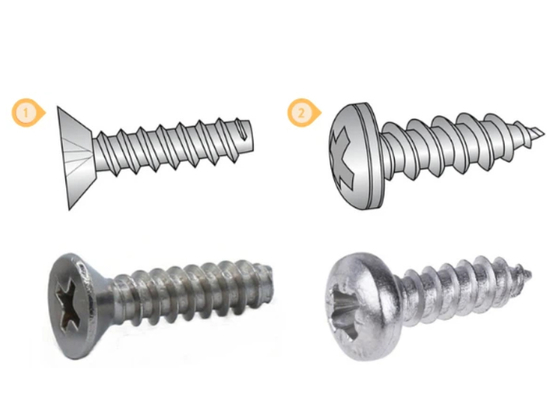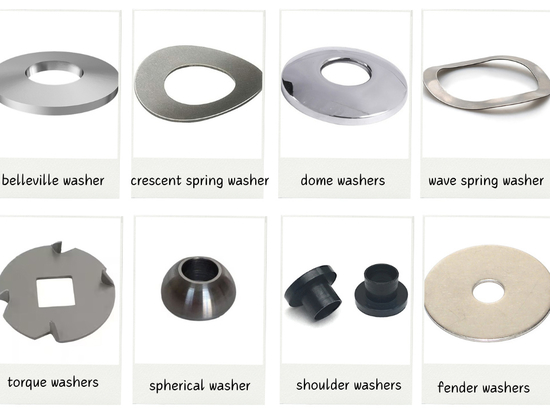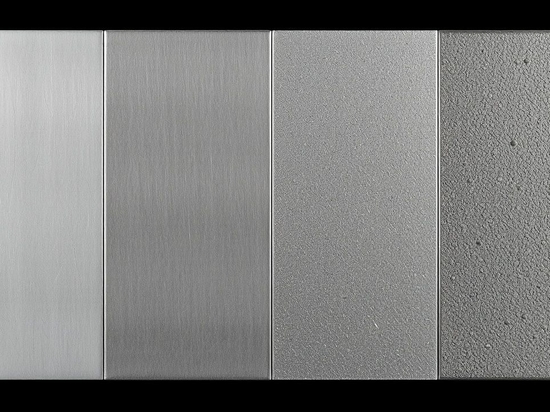
#Industry News
CNC Machining Vs. 3D Printing
A Guide To Decision-Making
Both CNC machining and 3D printing have significantly transformed the manufacturing landscape through the use of computer-guided processes. However, the fundamental difference lies in their approach to material transformation—CNC machining removes, while 3D printing adds.
CNC machining, short for Computer Numerical Control machining, is a highly precise and efficient subtractive manufacturing technique. It utilizes advanced computerized systems and machine tools to accurately remove material from a workpiece, resulting in the creation of customized and intricately designed parts and components.
The origins of CNC machining can be traced back to the 1950s when numerical control (NC) machines were first introduced. Over time, these machines underwent significant advancements with the progress of computer technology, leading to the development of CNC machines.
When it comes to CNC machining, there are several common types widely used in the manufacturing industry. Here are some of the most prevalent ones:
Milling involves using rotating cutting tools to remove material from a stationary workpiece. This versatile process is suitable for creating a variety of shapes and features. Commonly used for producing flat surfaces, slots, and intricate 3D shapes.
Turning is the process of rotating a workpiece while a cutting tool removes material, typically to create cylindrical shapes. Ideal for manufacturing cylindrical parts like shafts, bolts, and screws.
Drilling is a fundamental machining operation that involves creating holes in a workpiece using a rotating tool. Essential for introducing holes of various sizes in metal parts.
3D printing, also known as additive manufacturing, is an innovative production method that builds three-dimensional objects layer by layer from digital models. With its ability to provide faster and more innovative prototyping, 3D printing has revolutionized the manufacturing industry.
The unique advantages of CNC machining:
1.Precision and Accuracy: CNC machining is known for its high precision and accuracy, making it ideal for producing parts with tight tolerances.
2.Material Versatility: Works with a variety of materials, including metals, plastics and composites, to produce durable and fully functional parts.
3.Strength and durability: CNC machined parts are generally stronger and more durable, making them suitable for applications where sturdiness is critical.
4.Surface Finish: Provides an excellent surface finish, important for applications requiring a polished or refined appearance.
5.Volume production capabilities: ideal for mass production, ensuring efficient manufacturing of identical parts.
6.Post-processing options: Allows for a variety of post-processing techniques such as coating, anodizing and heat treatment to enhance the quality of the final product.
In the dynamic landscape of metal parts manufacturing, the choice between CNC machining and 3D printing is not a one-size-fits-all decision. Assessing your specific needs, material requirements and production scale will guide you to the best solution. For more information, please click on the link in the lower right corner.




